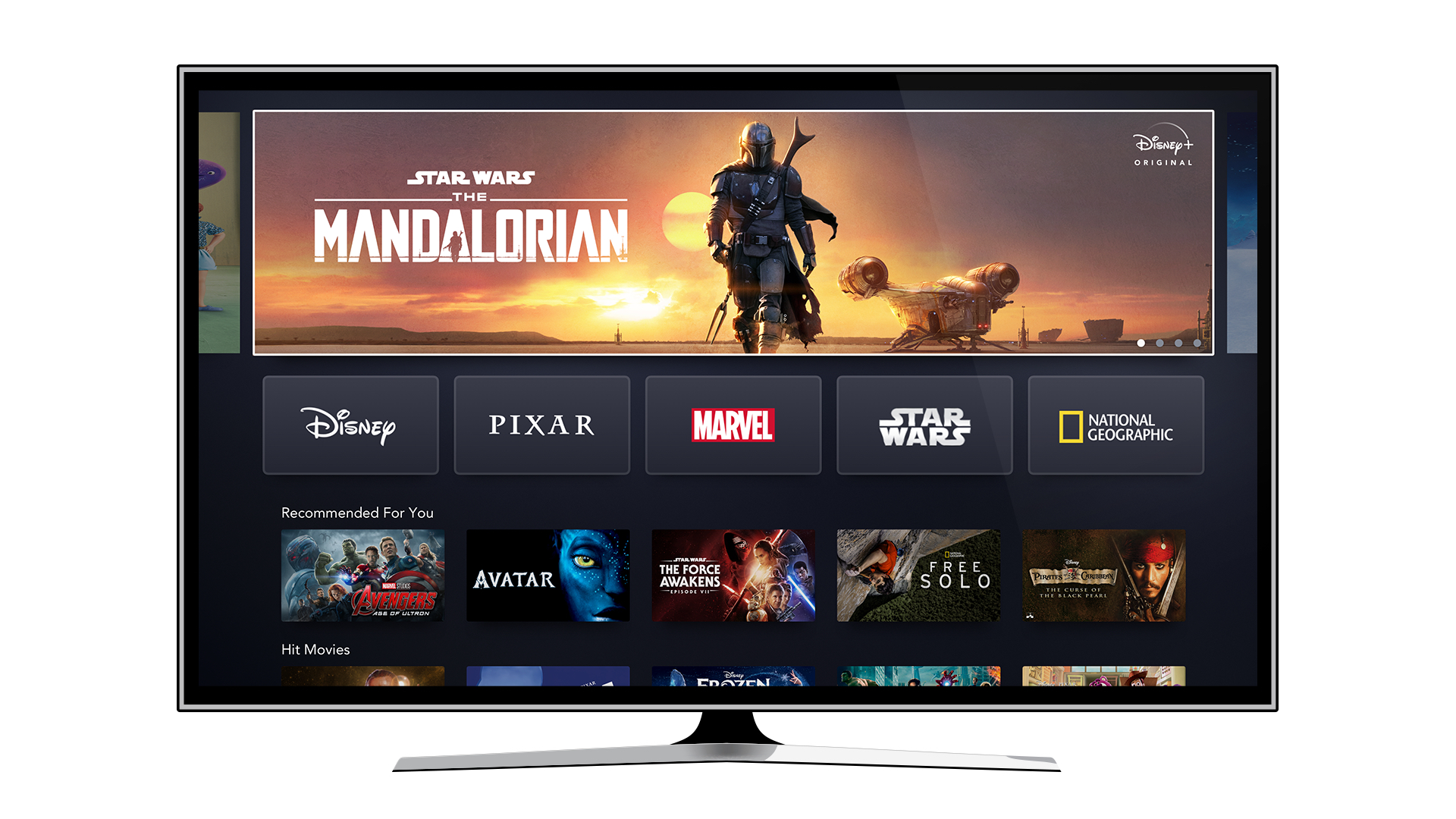
After more than 40 years of operation, DTVE is closing its doors and our website will no longer be updated daily. Thank you for all of your support.
Can Disney+ continue the momentum of its first 12 months?

Twelve months after its launch, Disney+ has amassed 73 million paying users – capping off a remarkable first-year for the streamer.
When it launched on November 12 in the US, Canada and Netherlands, many were confident that the IP-driven streamer would be a success, but few would have predicted its immediate impact with 10 million sign-ups within 24 hours.
Expanding to over 20 markets since then, the streamer has managed to gain a huge number of subscribers which have continued to smash expectations. At 73 million subscribers by the end of September, Disney+ is, within a year squarely, at its initial 2024 target of 60-90 million users.
Describing the growth on the company’s year-end earnings call, CEO Bob Chapek said: “The growth of Disney+ speaks volumes about the strength of our IP, our unparalleled brands and franchises and our amazing content creators – all part of the Disney difference that sets us apart from everyone else.”
In an otherwise tumultuous year, Disney+ has been something of a steadying element as it has continued to grow and rollout to more than 20 countries.
The Covid-19 pandemic has significantly impacted Disney across the board, but it, combined with the growth of the streaming division which also includes Hulu, ESPN+ and Hotstar, pushed the company to initiate a major restructure of its entertainment business last month.
For Disney+, Sarah Henschel, senior analyst at Omdia, says that the pandemic has served to boost business and potentially reduce churn from early adopters: “Covid-19 has definitely helped to maintain the growth and momentum that the service started out with. The pandemic timed well with Disney’s originals release slate because just after the Mandalorian ended, the pandemic hit and created a strong consumer need for available streaming content. In this sense, churn was reduced and essentially bought Disney time until their originals content reached the platform again.”
Content with content?
If there is one criticism that has consistently been levelled against the streamer it is that, for all its instantly recognisable content, there has been a lack of originals to draw in audiences.
There has been a steady flow of original content ranging from family-friendly unscripted shows to DCOM-style feature films , but much of it fails to match up to the zeitgeist-capturing prestige bar set by The Mandalorian.
This is highlighted by PP Foresight tech, media and telco analyst Paolo Pescatore who says that “Disney needs a steady stream of big blockbuster shows to drive subscribers and maintain usage.”
The company will hope that WandaVision, the first Marvel Cinematic Universe-based original TV series for the service, will help to boost the service in this respect – though the series has suffered the ignominy of being pushed forward to 2020 only to be delayed back to 2021. The series will kick off an exclusive slate of Marvel original series including the Tom Hiddlestone-starring Loki.
The lack of compelling originals however is partly down to the widely-publicised production shutdowns which impacted the entire industry from Disney all the way to HBO. Netflix is perhaps the only major streaming player which has arguably been unaffected by the shutdown in regards to content, with the company wrapping up most of its 2020 slate by the end of 2019.
But what it may have lacked in terms of prestige TV, the first year of Disney+ has shown that the company is more than capable of utilising the other aspects of its business to push the streamer.
The July launch of Hamilton is an example of this. The Broadway recording, which was acquired by Disney for US$75 million after a bidding war, was initially slated for a late-2021 cinematic release but the company decided to shift it to become a summer streaming exclusive this year. The film proved to be a huge draw and came alongside more than half a million people downloading the app.
Disney’s deep pockets – both in terms of content and financial clout – have been key to its streaming success. This looks set to continue, with the company putting a further dent in the freefalling cinema industry by putting Soul, the latest animated feature from Pixar, on Disney+ on December 25. This shows a distinct confidence in the streamer, with all but three of Pixar’s movies released since the turn of the century grossing more than half a billion dollars each.
Omdia’s Henschel says that these cinematic shifts “really showcase Disney’s prioritisation of this service amongst all of their revenue streams,” and that “these actions are all done to both gain new subscriptions and keep current subscribers engaged.”
This is not to say that Disney has not made any mistakes though. The release of Mulan as a premium US$29.99 purchase, resulted in severe PR whiplash. This was partly due to a highly-publicised boycott campaign against the film, but also that premium pricing which was heavily criticised.
The release however proved a financial success, and Chapek said that “we saw enough very positive results before that controversy started to know that we’ve got something here in terms of the premier access strategy.”
At the time of its announced transition to Disney+, the CEO was firm in calling the PVOD move a one-off, but his position seems to have softened to saying “that there’s going to be a role for it strategically with our portfolio of offerings.”
Henschel argues that “Mulan was a success regardless of the press about the high price point” and adds that “it’s safe to assume that Disney will take any windowing strategies necessary to continue the growth of its D2C platform.”
Year two and beyond
Going forward it may be difficult for Disney+ to carry on the momentum it has charted in its first 12 months.
The service will expand into Latin America on November 17, and continue to rollout across the world in 2021, but other factors must be considered.
Firstly, the current global pandemic has created an environment that is tailor-made for streaming services. Everyone from the titans of Netflix and Amazon to the relatively niche players like John Hendricks’s factual SVOD CuriosityStream have benefited from a world stuck at home.
With a successful Covid-19 vaccine thankfully looking more promising with every passing day, the world may start to go back to the old normal in the coming months. While undoubtedly being a good thing for humanity, the streaming business is likely to take something of a hit as people begin to look away from the TV for their entertainment.

Disneyland in Anaheim, California, has closed on March 14 and is expected to remain shut until at least December 31
This will serve Disney well, Pescatore notes, but could adversely impact the SVOD: “An intriguing future awaits. When things return to normal and people start to flock back into parks, new blockbuster hits emerge from its studios then Disney+ might struggle.”
Secondly, Disney+ benefited from launching at a relatively quiet time in terms of SVOD roll-outs. It launched within a fortnight of Apple TV+, but it quickly became apparent that the streamer is part of a wider and more holistic entertainment services strategy from Apple than looking to compete with Netflix et al.
Disney+ got a head start on HBO Max and Peacock for mind share, but both players will continue to grow as major US streamers in 2021, with ViacomCBS gearing up to launch Paramount+ in the early part of the year.
Disney has undoubtedly seen overwhelming success in its first year to become one of the world’s largest streaming services practically overnight. The next 12 months however will present new challenges to which the company will hope it has the answers.





